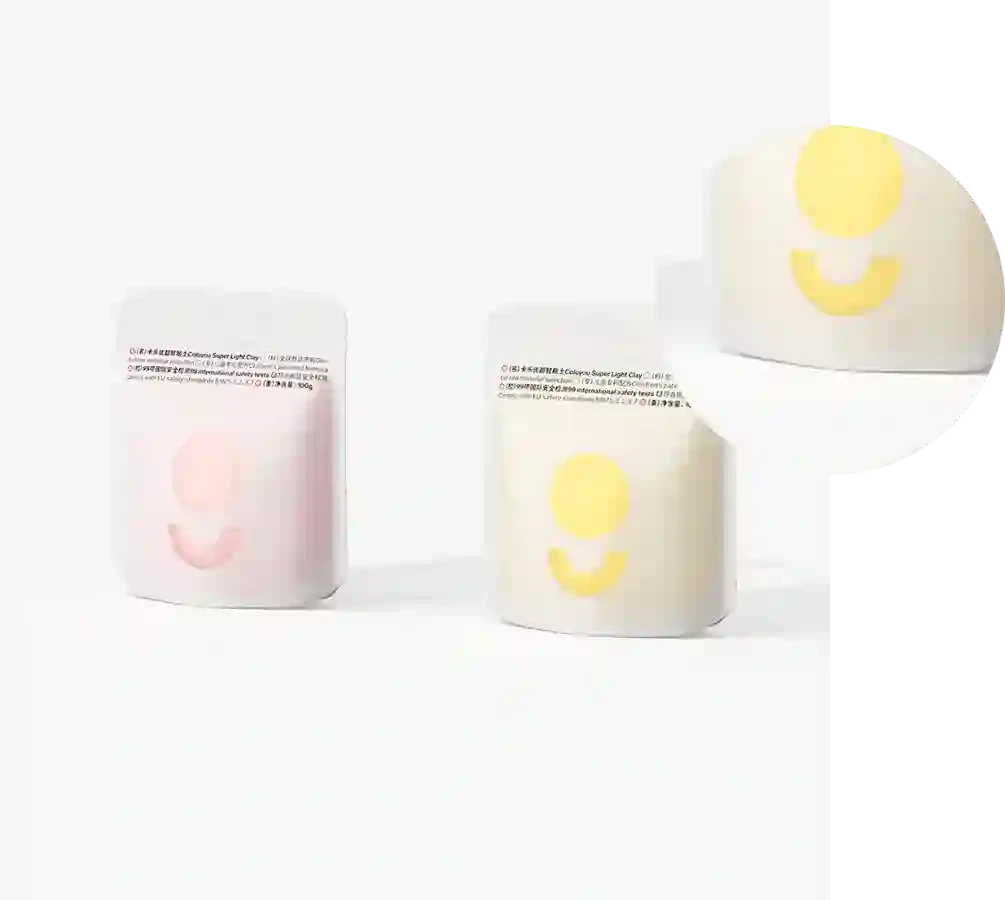- Afrikaans
- Albanian
- Amharic
- Arabic
- Armenian
- Azerbaijani
- Basque
- Belarusian
- Bengali
- Bosnian
- Bulgarian
- Catalan
- Cebuano
- chinese_simplified
- chinese_traditional
- Corsican
- Croatian
- Czech
- Danish
- Dutch
- English
- Esperanto
- Estonian
- Finnish
- French
- Frisian
- Galician
- Georgian
- German
- Greek
- Gujarati
- haitian_creole
- hausa
- hawaiian
- Hebrew
- Hindi
- Miao
- Hungarian
- Icelandic
- igbo
- Indonesian
- irish
- Italian
- Japanese
- Javanese
- Kannada
- kazakh
- Khmer
- Rwandese
- Korean
- Kurdish
- Kyrgyz
- Lao
- Latin
- Latvian
- Lithuanian
- Luxembourgish
- Macedonian
- Malgashi
- Malay
- Malayalam
- Maltese
- Maori
- Marathi
- Mongolian
- Myanmar
- Nepali
- Norwegian
- Norwegian
- Occitan
- Pashto
- Persian
- Polish
- Portuguese
- Punjabi
- Romanian
- Russian
- Samoan
- scottish-gaelic
- Serbian
- Sesotho
- Shona
- Sindhi
- Sinhala
- Slovak
- Slovenian
- Somali
- Spanish
- Sundanese
- Swahili
- Swedish
- Tagalog
- Tajik
- Tamil
- Tatar
- Telugu
- Thai
- Turkish
- Turkmen
- Ukrainian
- Urdu
- Uighur
- Uzbek
- Vietnamese
- Welsh
- Bantu
- Yiddish
- Yoruba
- Zulu
Understanding Pantone Colors and Their Significance in Design and Branding
Understanding Pantone Colors A Guide to Color Standards in Design
When it comes to design, color selection is one of the most critical decisions a creator can make. It can evoke emotions, convey messages, and establish brand identity. Within the design community, the Pantone Matching System (PMS) has become an essential tool for ensuring consistent color communication across various media and products. But what exactly are Pantones, and why are they so important?
What is Pantone?
Pantone is a company that provides color matching systems for various industries, primarily graphic design, printing, fashion, and product design. Founded in 1963, Pantone revolutionized how colors are perceived in the design world. By assigning a unique number or code to each color in its spectrum, Pantone allows designers, manufacturers, and clients to communicate clearly about colors without ambiguity.
The Pantone Matching System comprises several color swatch books, each containing a range of colors that are pre-mixed and standardized. These swatches serve as references for designers to choose the exact shades they want to work with. The system is especially valuable in printing, where the slightest variation in color can lead to significant differences in the final output.
The Importance of Pantones in Various Industries
1. Graphic Design and Printing In graphic design, Pantone colors help ensure that the colors designed on a screen translate accurately to printed materials. Different printers may have variations in ink, and using Pantone colors minimizes the risks of discrepancies. Designers specify Pantone colors in their files to guarantee that the final product matches their vision precisely.
2. Fashion and Textiles The fashion industry relies heavily on color consistency to maintain brand identity and create seasonal collections. Pantone provides a color forecasting tool that helps fashion designers predict trends and select colors that will be in high demand. Fashion designers use Pantone colors to communicate their vision to manufacturers, ensuring that the fabrics produced match their desired aesthetic.
3. Product Design In product design, Pantone colors are vital for branding and marketing. Companies use Pantone colors in their packaging, logos, and promotional materials to create a cohesive look that resonates with consumers. Using Pantone swatches, product designers can accurately replicate colors in various materials, from plastics to metals.
what are pantones

4. Interior Design Interior designers utilize Pantone colors to create harmonious color schemes in spaces. Whether it’s paint, fabric, or furniture, Pantone allows designers to collaborate with manufacturers and ensure that all elements of a room complement each other. Additionally, it provides clients with a clear understanding of color choices, facilitating better decision-making.
The Pantone Color of the Year
Each year, Pantone announces a Color of the Year, which influences design trends across multiple industries. This selection is based on various factors, including cultural trends, societal influences, and emerging preferences. The announcement garners significant attention, and the chosen color often sees widespread adoption in fashion, interior design, and beyond.
Utilizing Pantones Effectively
To effectively utilize Pantone colors in your design projects, it’s essential to keep a Pantone swatch book on hand. These books are available for purchase and include both coated and uncoated color options. When creating digital designs, many design software programs allow you to integrate Pantone colors directly, ensuring accuracy in your projects.
Additionally, consider using Pantone colors in your branding strategy. Consistency in color usage can enhance brand recognition and create a strong identity in the marketplace.
Conclusion
In conclusion, understanding and using Pantone colors is imperative for anyone involved in design. From graphic designers to fashion creators, the Pantone Matching System provides a unified language for color communication, helping to bridge the gap between designers and manufacturers. With the ability to ensure color accuracy and consistency, Pantone remains an invaluable resource in the world of design. Whether you’re launching a new product or designing a stunning piece of artwork, incorporating Pantone colors into your workflow can elevate your work and ensure your vision is realized accurately.













